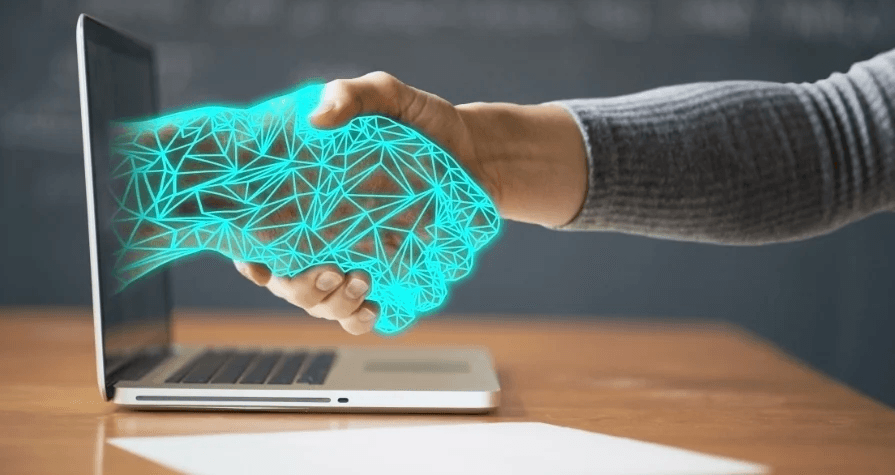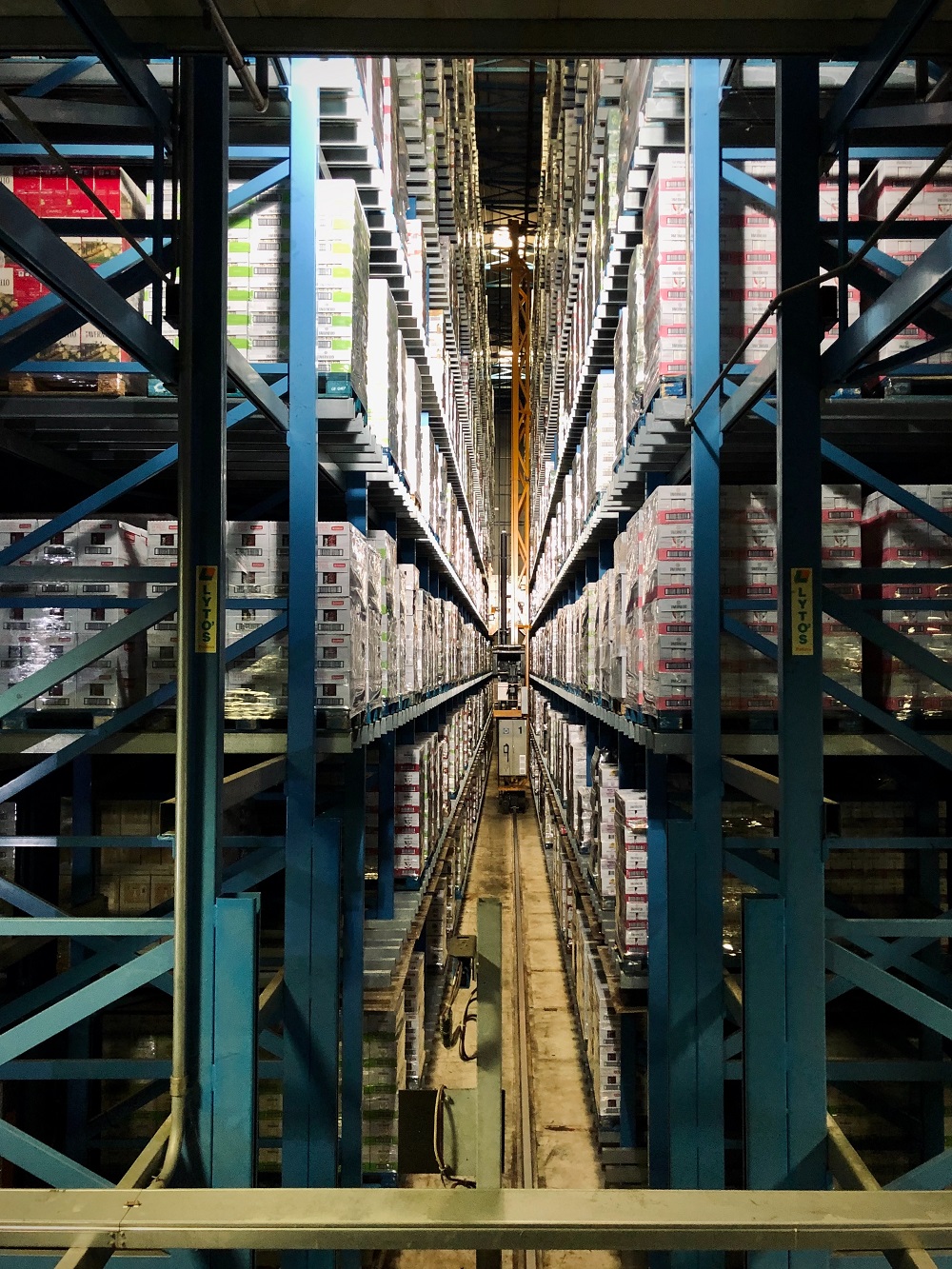In 2017, CareerBuilder conducted an online survey involving 231 hiring managers belonging to various industries and companies of different sizes. The survey found that, on average, managers that did not use process automation lost 14 hours a week compared to managers who fully automated manual, repetitive tasks. That is the average; slightly over 10% of the participants lost 30 hours or more.

The objective of the survey was to understand how technology is transforming a fundamentally human aspect of business. What did it find? Nothing that should surprise. Even in its weakest form of process automation, artificial intelligence had already disrupted most aspects of modern business. Sales, marketing, customer support, warehouse operations, security—you name it. It was transformed.
Hiring was next.
And managers agreed. Over half of the survey’s respondents claimed that they already use AI in some form to screen candidates and that ‘hiring tech’ will become mainstream within the next five years. It is almost 2022. Were they right?
Indeed. Today, virtually every Fortune 500 company uses AI to find, screen, and monitor candidates and their performance. Given the decreasing price of computing, even mid-sized and smaller, tech-savvy companies are now embracing the trend. And while many have restricted the use of AI to screen and capture candidate data, many have dared to use it end-to-end. That is, through screening, capturing data, interviewing, and onboarding.
That seems to be progress. But is it?
By adopting AI-based hiring tech, what companies seem to gain in efficiency, they lose in talent. After five years, AI has indeed come to disrupt hiring. But its use is deemed unethical. It runs on decades-old, biased data, reinforcing decades-old social, cultural, and economic prejudices. Instead of making hiring more diverse, equal, and inclusive, the technology is further widening the already wide skills, and consequently, wage gap.
Read More: What Is Artificial Intelligence? Everything You Need to Know in 2021
‘The holy grail of hiring’
If businesses could, they would not hire. Instead, they would retain. Because hiring is not just challenging. It is also shockingly expensive.
Anyone who has hired or has been hired understands that the process is long and often involves several people. To hire is to really find the proverbial needle hidden in the haystack. And it is fair to say that no one finds it in their first attempt.
In the long run, hiring can eat up hours of productivity for hiring managers and team leaders alike, which is especially hurtful when candidates are ultimately rejected. Of course, that is just hiring—finding, screening, interviewing. Then comes training. A new employee cannot contribute what the former employee did from the get-go. Training, inevitably, costs companies—several million, and perhaps even billions, depending on the company’s size.

Savings. Millions and perhaps billions of dollars. That is why companies are desperately seeking AI-based hiring tech. IBM has claimed that since 2011, it has saved over $1 billion by introducing AI to hiring. And while companies use process automation to streamline, they really seek the holy grail of hiring. An algorithm that determines the best candidate without any human intervention—that is, with minimum expenditure.
Actually, such algorithms already exist. The algorithms do not automate hiring end-to-end. However, they offer tremendous leaps in efficiency that transcend simple operations like data extraction.
Amazon, for example, deployed such an algorithm. The world’s largest retailer is renowned for its aggressive approach to automation. It has deployed automation bots in warehouses. It automates pricing decisions. And in 2014, it decided to automate what is notoriously resistant to automation: hiring.
Read more: The 7 Biggest Technology Trends In 2022
According to a report by Reuters, Amazon developed an AI tool that would find the five top talents in a pool of 100 candidates. Much like its products, the tool would rate the candidates on a scale of five stars. In 2019, HireVue developed something similar. The hiring tech company built an AI tool to analyze video interviews for facial expressions, tone of voice, language usage, and body language. HireVue would use the data to assess a candidate’s emotional intelligence, communication skills, and cognitive ability.

Artificial intelligence in hiring is the antithesis of what the best-selling author, Malcolm Gladwell, has called hiring nihilism. Hiring is so challenging because human beings are laughably bad at judging personalities and predicting performance. Gladwell, therefore, argues that pouring hours of time and money into hiring has as much value as hiring arbitrarily. AI, however, can determine the right candidate because it can crunch infinitely more data—different data—and is, therefore, more reliable in its judgment.
But it is not.












